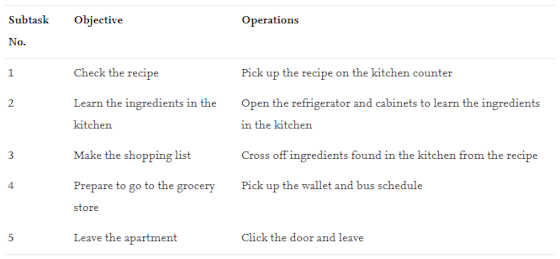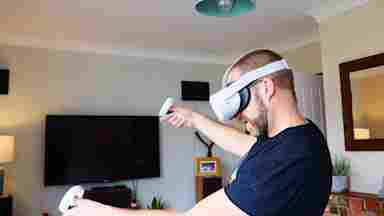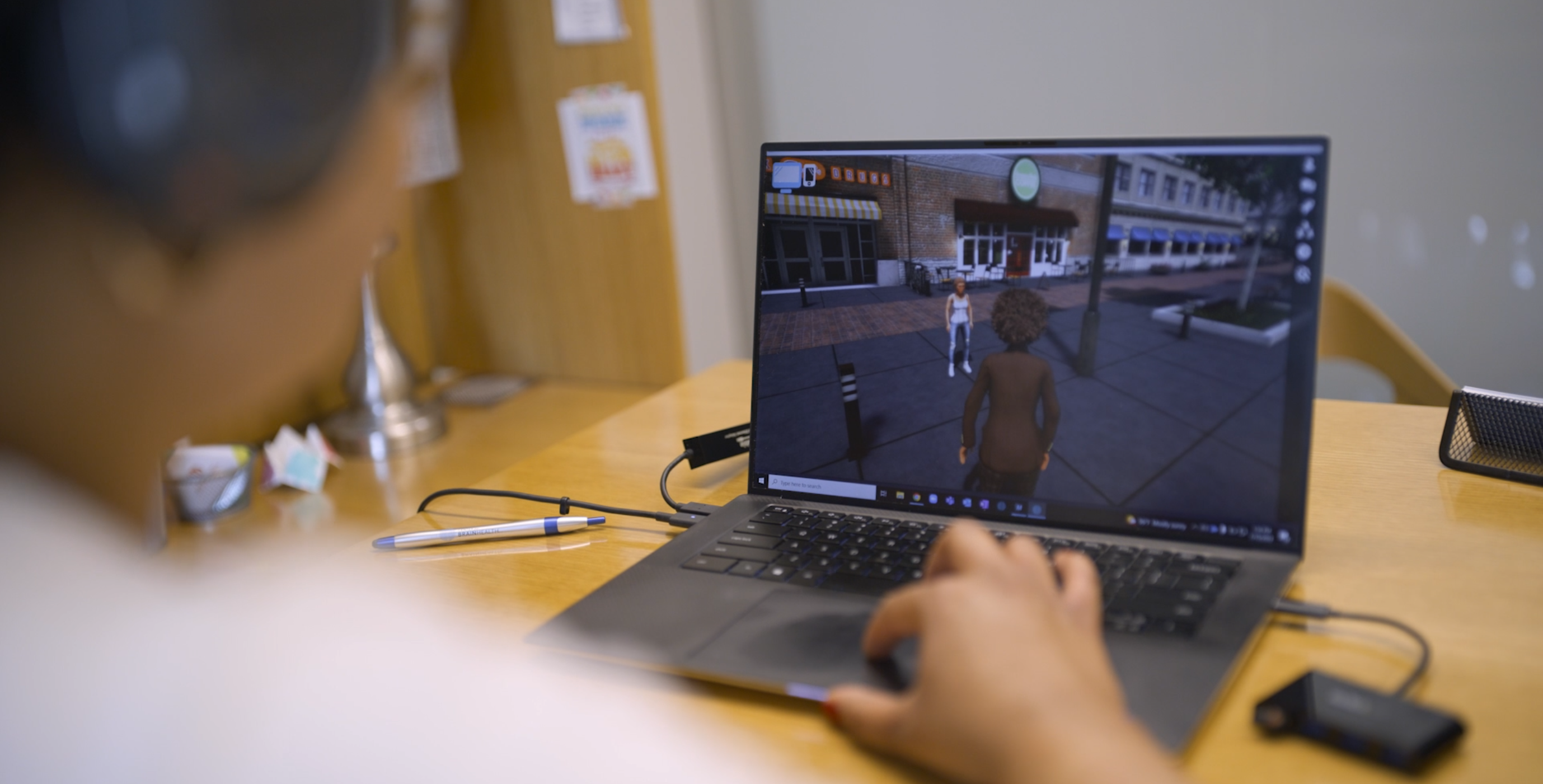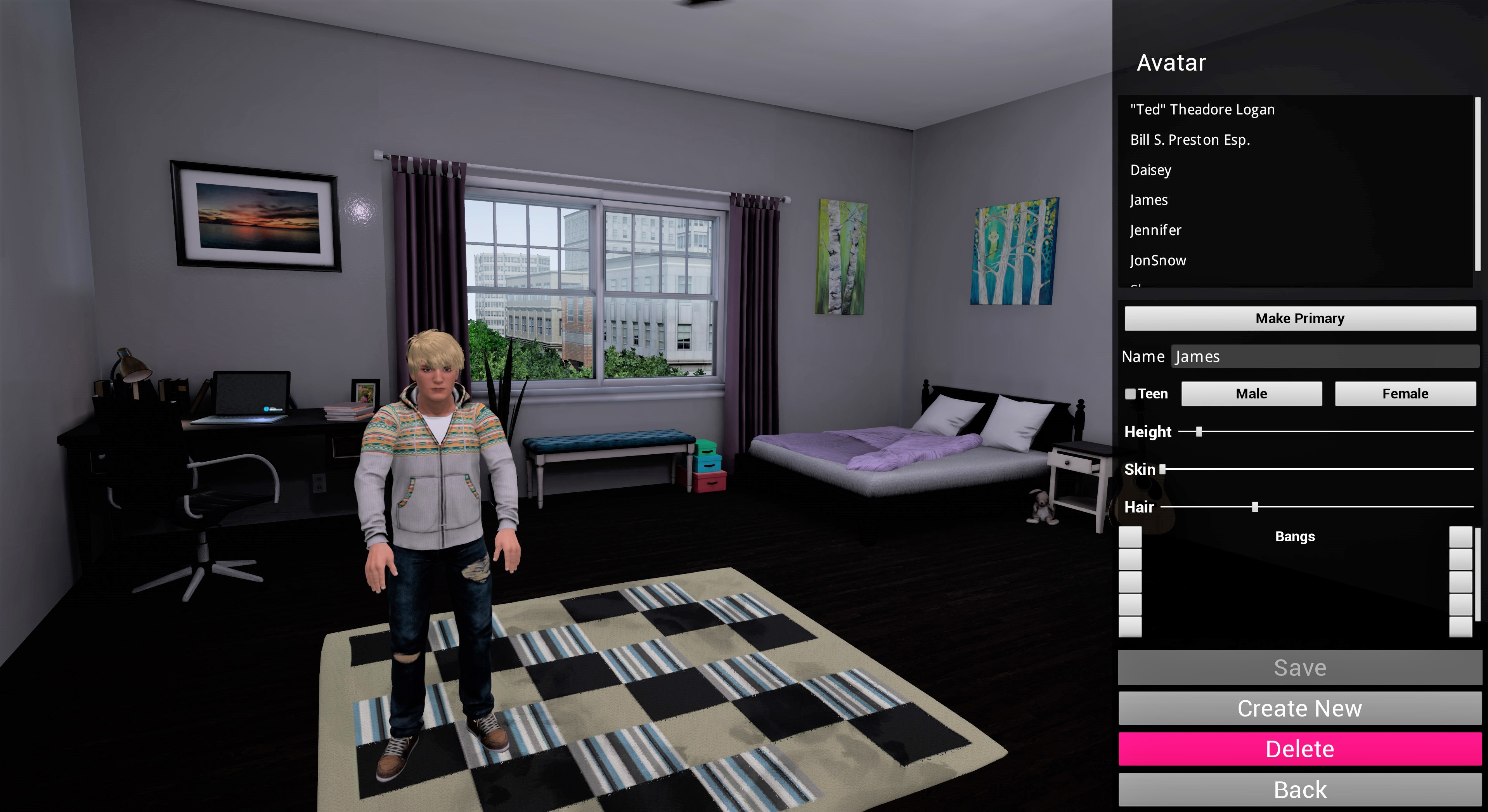Overview
The authors of this study used a virtual reality-based functional task to show how executive functional load can impact the order in which individuals complete a task. Using a modified version of the Virtual Reality Functional Capacity Assessment Tool, these researchers examined executive function performance in college students. As the executive load increased, participants used different processing patterns to complete tasks. Further, qualitative analysis showed a decrease in performance as executive load increased. While this research aimed to study executive function, the study also highlights the use of VR as a method of functional assessment.
Table 1. Five subtasks in the kitchen session of VRFCAT.



